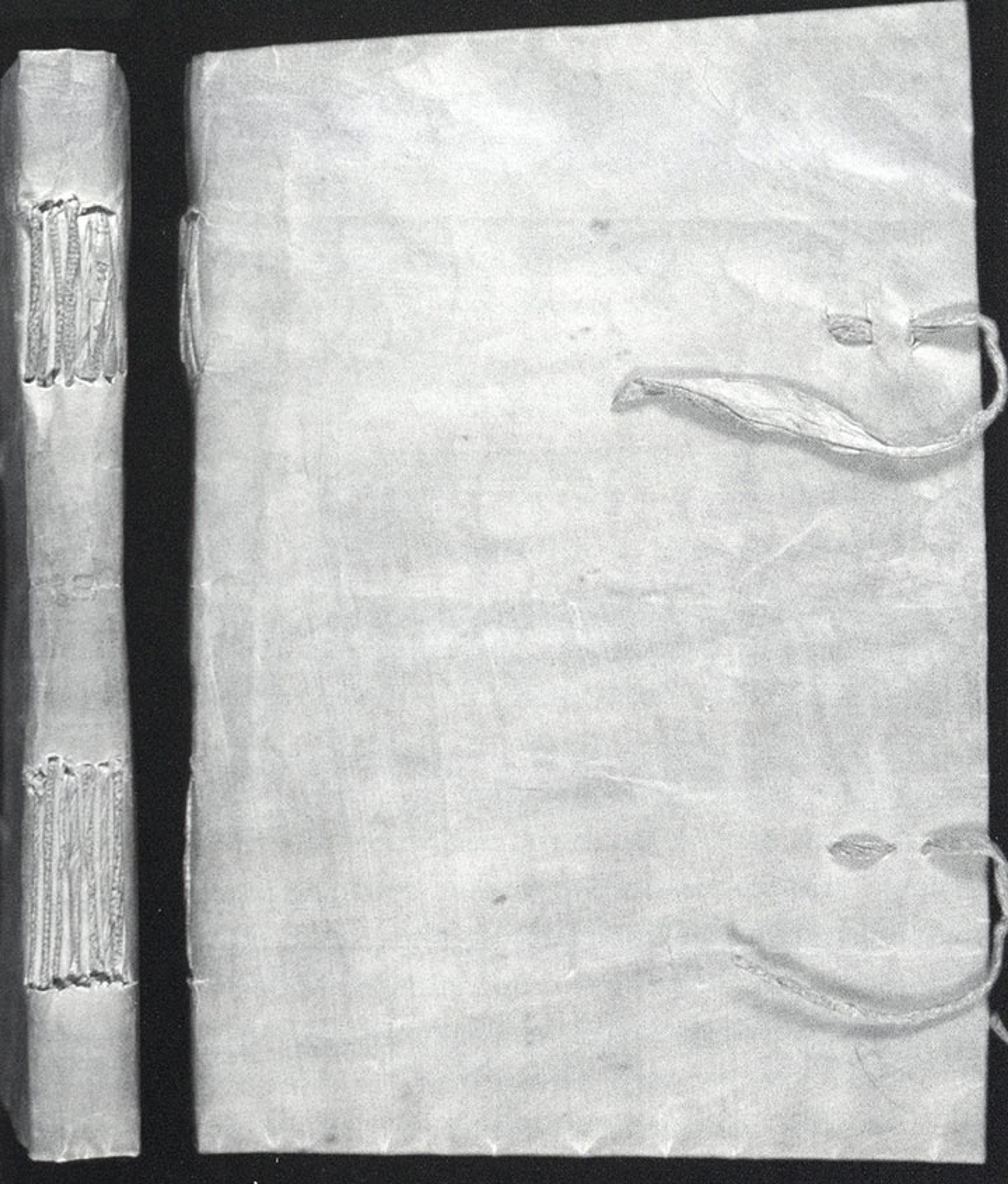
Miller, Julia. Books Will Speak Plain: A Handbook for Identifying and Describing Historical Bindings. Ann Arbor, MI: Legacy Press, 2010.
«Working in the book conservation lab means handling a wide range of binding formats, from Renaissance fine bindings to contemporary artists' books, and making decisions on their treatment and housing. In order to gain more knowledge of book structures and to enhance my hand skill, I enrolled in a bookbinding class at the Center for Book Arts taught by Susan Mills.»
The first technique we learned was long-stitch binding, which is a nonadhesive technique, meaning it requires no paste or glue in its construction. Long-stitch is a centuries-old technique that originated in medieval Germany and is typically found on limp parchment bindings. According to Julia Miller's Books Will Speak Plain: A Handbook for Identifying and Describing Historical Bindings, these were mainly stationery bindings—blank books that could be used for record-keeping. Their simplicity meant that extensive training was not required to create them, and they were relatively inexpensive to make.

Left: Contemporary case binding. Note that the signatures are sewn and glued together to form the text block, which is then attached to the case. This provides a strong and durable binding for library books. Right: Long-stitch binding. The signatures are sewn directly to the limp cover material. Photos by the author
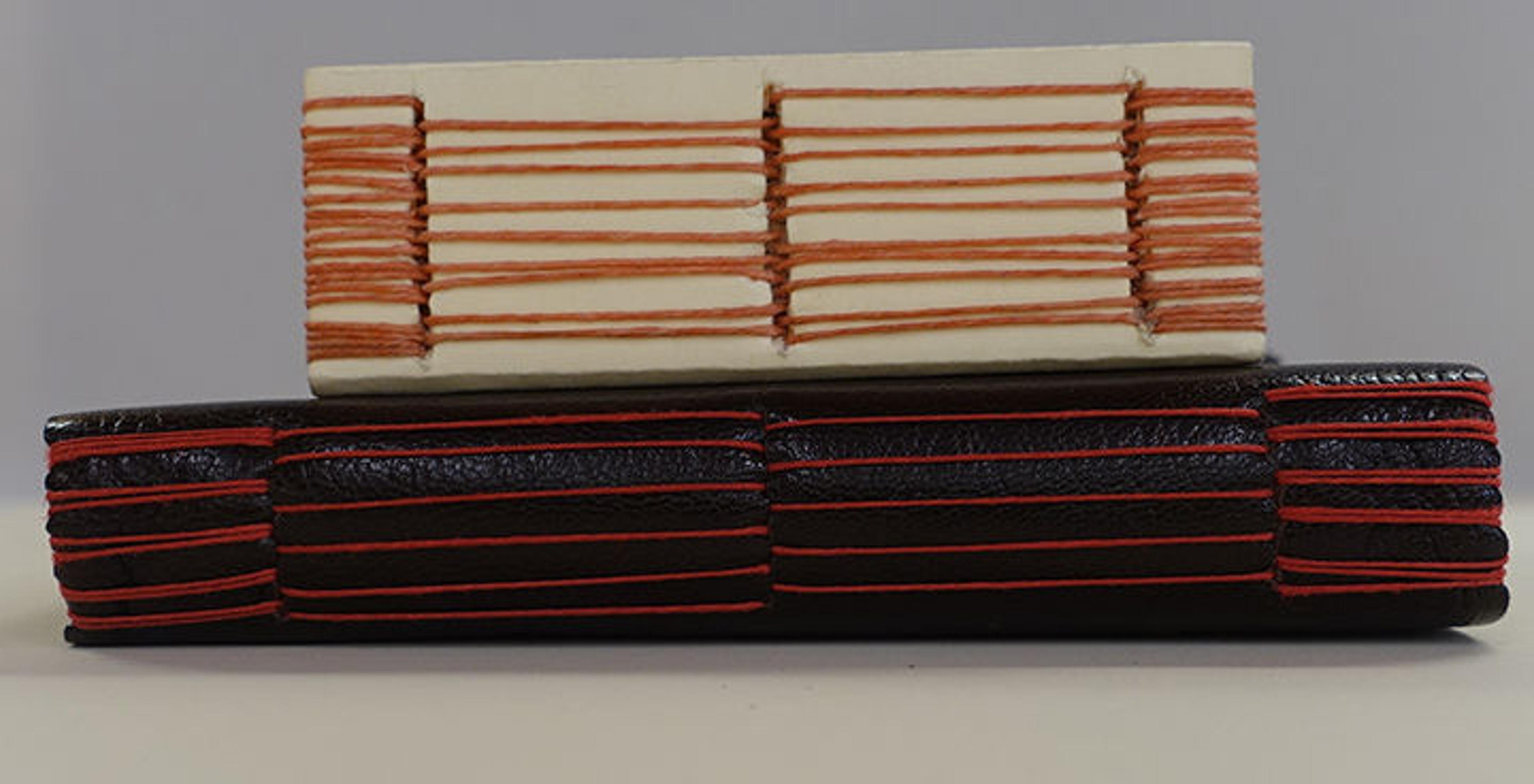
Corrugated board model (top) and final binding (bottom). Photo by the author
To begin, we made an acid-free corrugated board model to learn the sewing pattern, and then moved on to our final version. We used handmade paper and leather, though this method could be adapted to a variety of materials, like the "cake box book" below, made by Esther K. Smith, book artist and co-proprietor of Purgatory Pie Press.
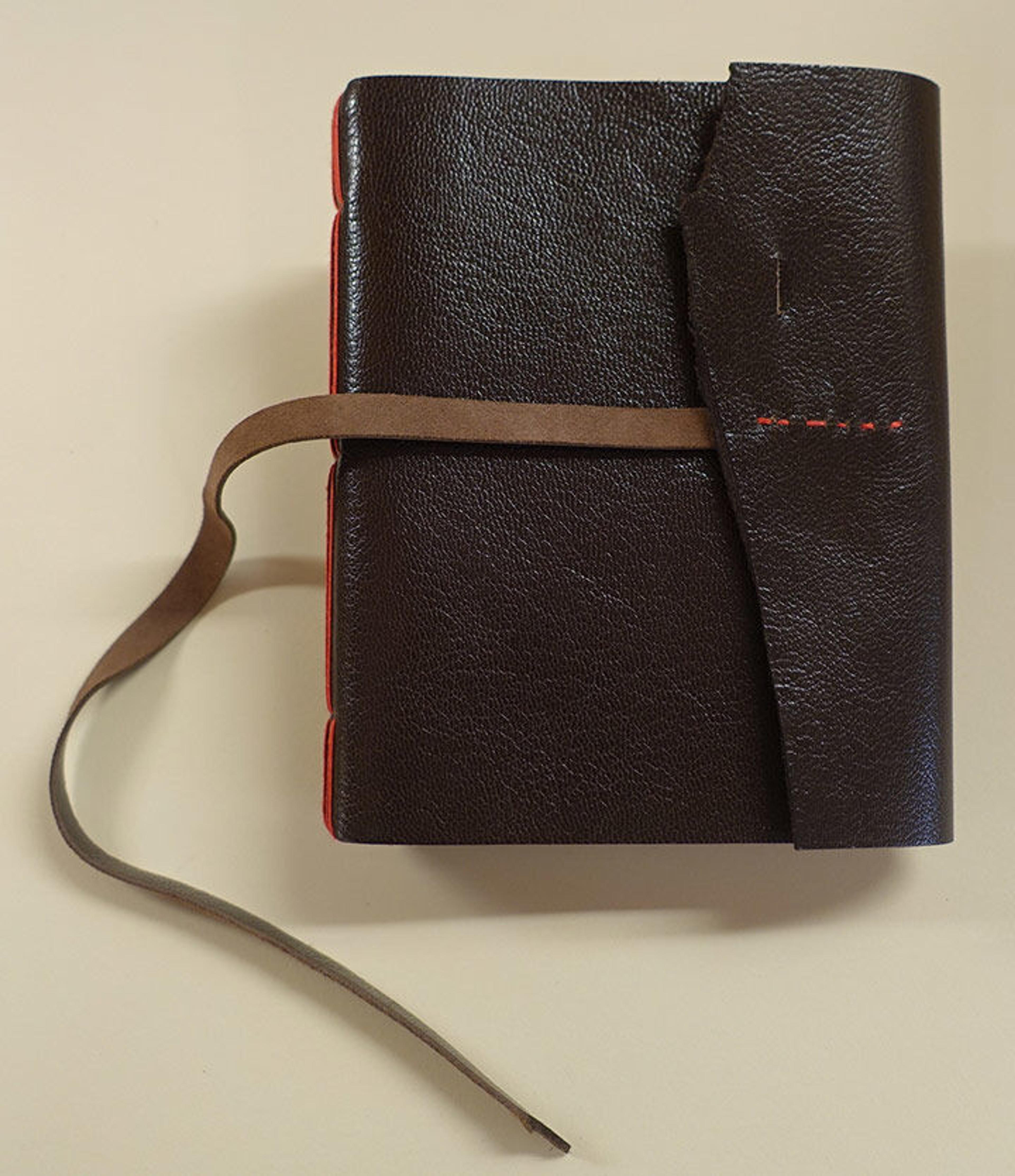
The author's final product. Photo by the author
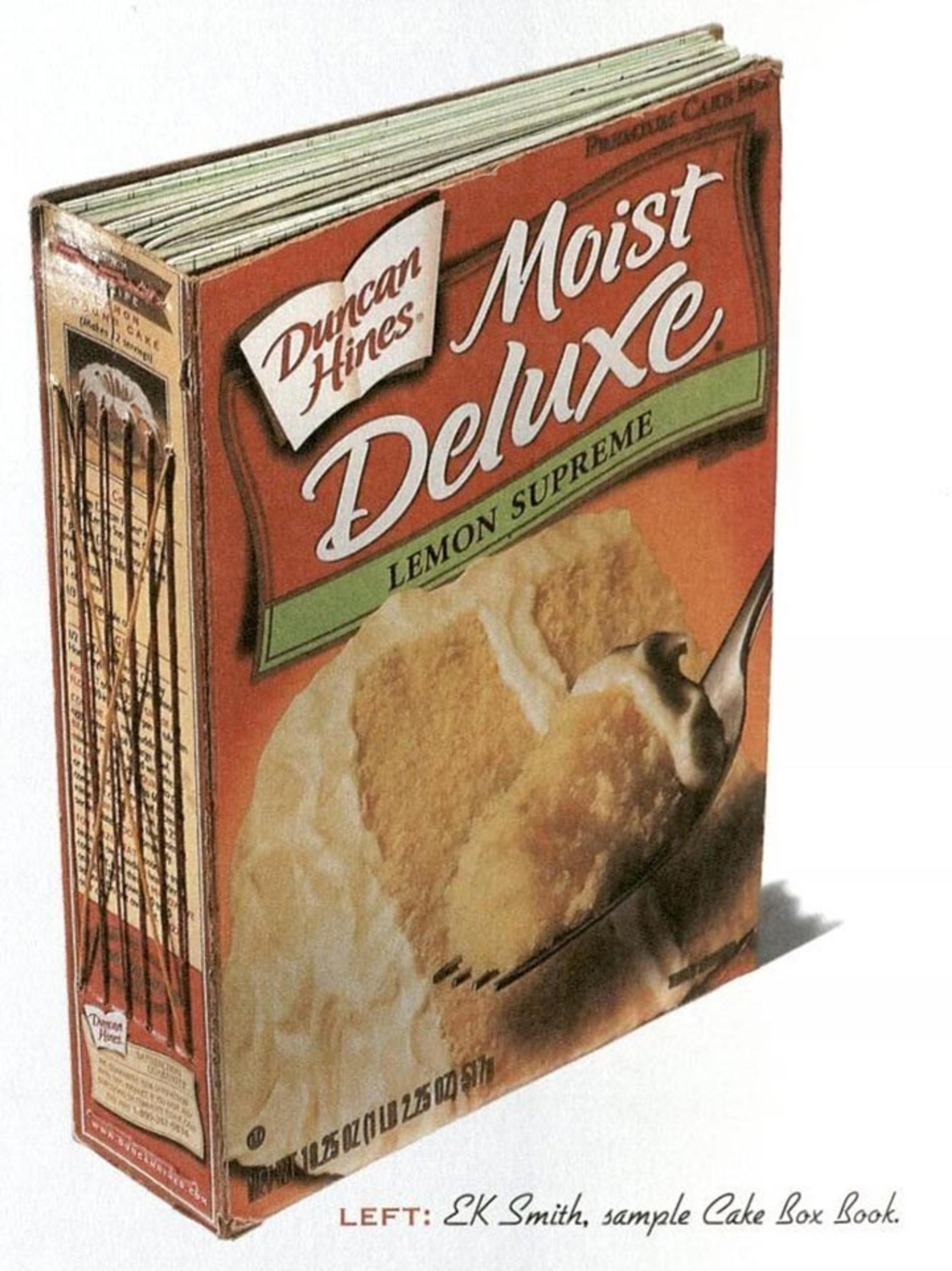
Smith, Esther K. How to Make Books. New York: Potter Craft, 2007.
The basic sewing pattern for this long-stitch book with a slotted cover can be seen below, in an image from Keith Smith's Non-Adhesive Binding: Books Without Paste or Glue.
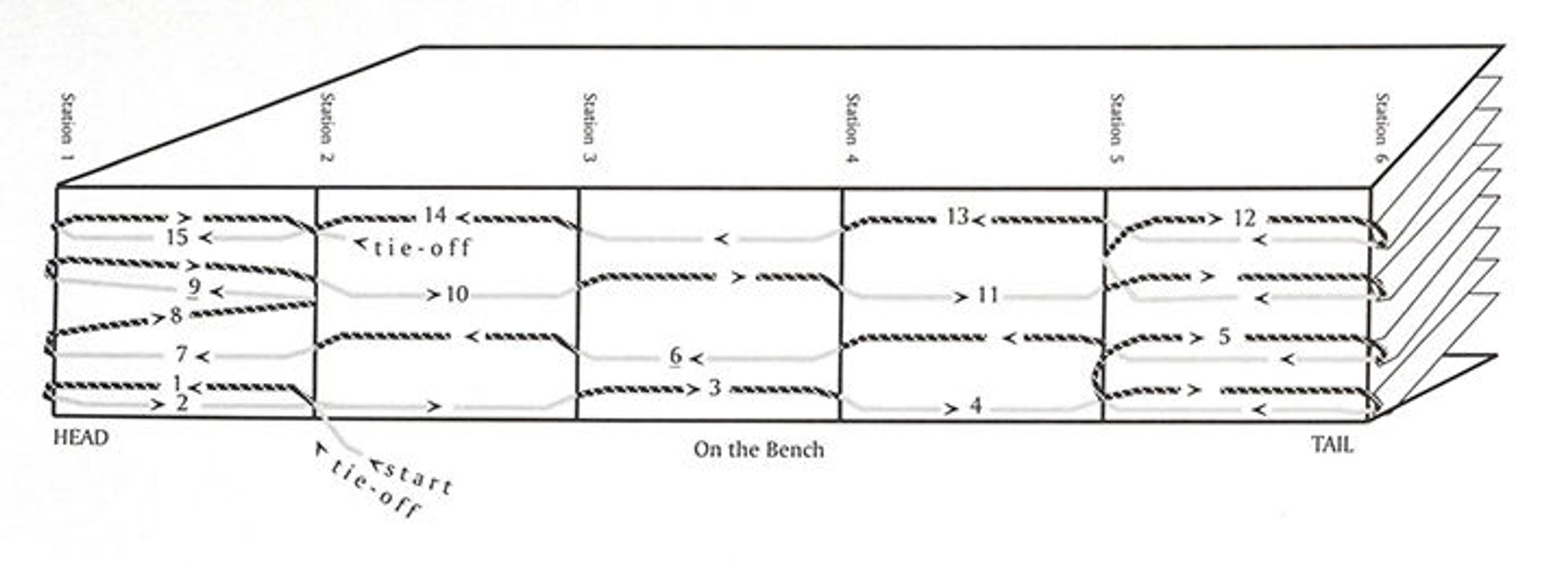
Smith, Keith A. Non-Adhesive Binding: Books Without Paste or Glue. Rochester, NY: Keith A. Smith, 1990.
The resulting structure is strong and flexible, and binders both past and present have used long-stitch as a jumping off point for more elaborate designs. Although the visible stitches on my examples are left unadorned, these can also be embellished by weaving in various patterns, using different stitch types, or adding buttons or other findings, like in the example below, a contemporary artist book by Pamela Spitzmueller.
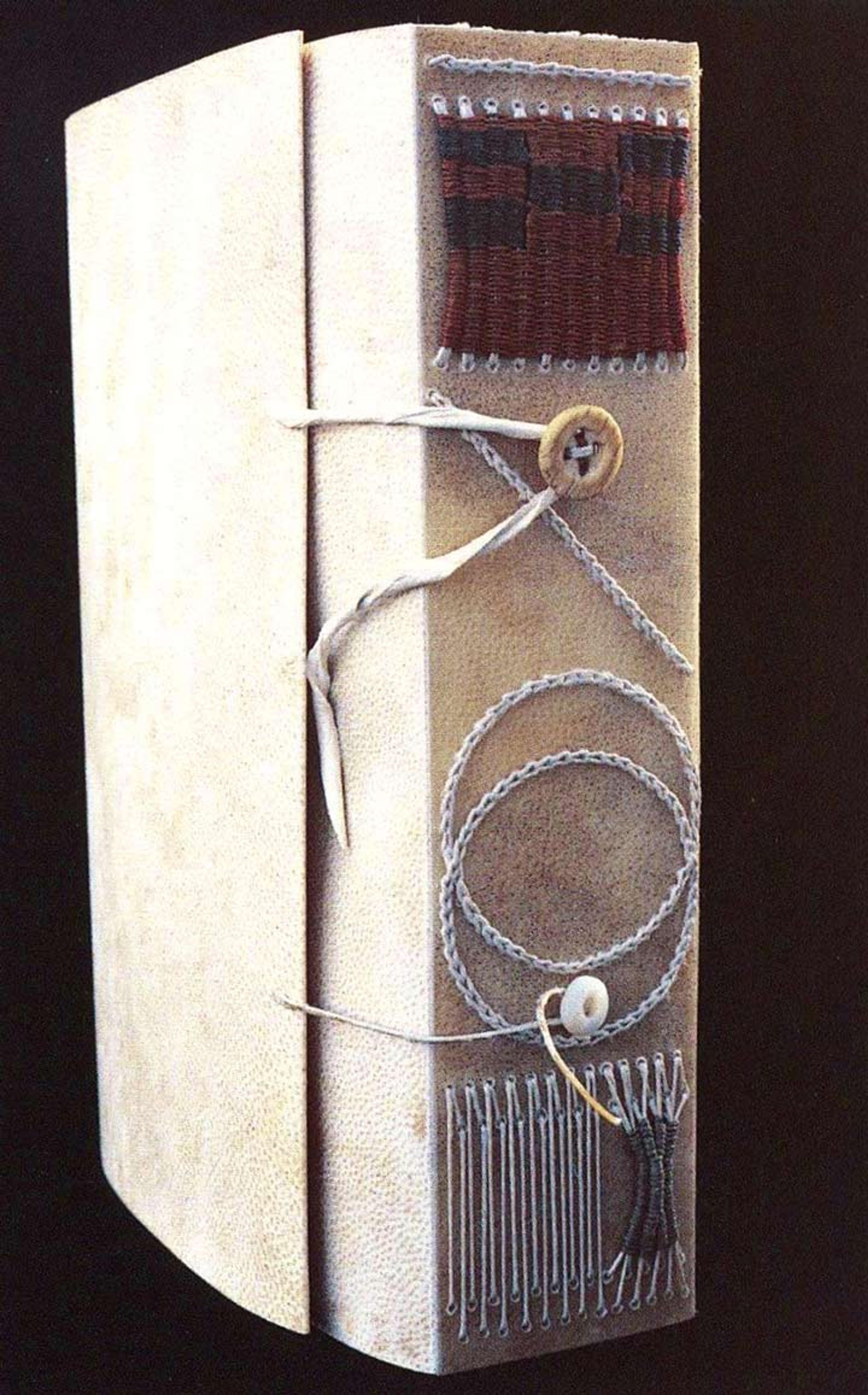
LaFerla, Jane, and Veronika Alice Gunter. The Penland Book of Handmade Books: Master Classes in Bookmaking Techniques. New York: Lark Books, 2004.
Making books by hand is a powerful way to become more sensitive to the nature of different book formats. Long-stitch is an excellent technique for bookbinding beginners since it is a simple technique that, in its most basic form, requires no special equipment—just paper, a needle and thread, and cover material.
Related Link
In Circulation: Jenny Davis, "Decorated Paper Techniques: A Selection From Watson Library's Special Collections" (November 26, 2014)